Five new species of Badis described from West Bengal, India
Stefan van der Voort reports on some new discoveries…
Two studies published recently in the journal Zootaxa have revealed five new species of Badis. These works significantly increased the species richness of the genus in West Bengal, India, and hopefully pave the way for further exploration of that and surrounding areas.
Since the most recent major revision (Kullander & Britz 2002), in which eight species were described, the number of members has slowly increased: Vishwanath & Shanta 2004; Geetakumari & Vishwanath 2010; Schindler & Linke 2010; Geetakumari & Kadu 2011; Dahanukar et al. 2015 all added a single species. Upon examination, five populations collected by Andrew Rao, owner of Malabar Tropicals in India, proved to represent a series of additional, separate and diagnosable lineages.
Stefano Valdesalici and I named these five species Badis andrewraoi (for Andrew Rao), B. autumnum (for its autumnal colour pattern), B. kyanos (for its colour pattern which is reminiscent of a type of granite), B. soraya (for The Pleiades constellation, plus its colour pattern) and B. laspiophilus (for its putatively benthic ecology and habitat substrate).
Badis andrewraoi, B. autumnum and B. kyanos can be distinguished from all remaining species by their colour pattern. They lack cleithral and opercular blotches, lack a blotch on the dorsolateral aspect of the caudal peduncle, lack an ocellus on the caudal-fin base, and lack a combination of multiple dorsal-fin blotches and an anal-fin blotch. Furthermore, they possess a conspicuous median black caudal peduncle blotch, a medially broader posterior-most bar, showing as a partially absorbed second median caudal peduncle blotch, and presence of an additional bar anteriorly.
These three form a new species group, the B. autumnum group, and are more closely related to each other than to remaining species.
B. andrewraoi is differentiated from B. autumnum by absence of a conspicuous dark blotch on the pectoral-fin base, absence of a blotch above the base of the opercular spine, having vertical bars restricted to the lower half of the body, and by possessing more circumpeduncular scales (18 vs. 16–18). It can be distinguished from B. kyanos by its vertical bars being restricted to the lower half of body, a pale colour pattern when stressed, and by possessing more lateral row scales modally (26 vs. 25). It is so far only known with certainty from the Mahananda River drainage, Balason River, Darjeeling district, West Bengal.
B. autumnum is distinguished from both B. andrewraoi and B. kyanos, amongst other characters, by the presence of a blotch above the base of the opercular spine, a conspicuous dark blotch on the pectoral-fin base, and a black caudal-fin margin, outlining the entire fin. The former two characters are considered autapomorphic. The new species is presently known only from the type locality at Petla, near Dinhata town, Cooch Behar district, Singimari River drainage, Rathbari stream, West Bengal.
B. kyanos is differentiated from its congeners by, amongst other characters, its vertical bars forming large, fragmented black blocks dorsolaterally and ventrolaterally on the flanks, and a stress colouration that is unique within the genus, consisting of a dark grey body and metallic dark blue operculum, its flanks almost entirely devoid of bars, and large, fragmented black blocks dorsolaterally. B. kyanos also has more circumpeduncular scales than B. autumnum (18–19 vs. 16–18), and fewer lateral row scales modally than B. andrewraoi (25 vs. 26). B. kyanos is currently only known from the type locality, the Chel River, 7 km west of Dam Dim, Tista River drainage, Jalpaiguri district, West Bengal.
Badis soraya is considered a member of the B. badis group, the largest species group within Badis.
B. soraya is discriminated from its congeners by, amongst other and colour pattern characters, its orbital diameter (8.2–9.4 % SL), interorbital width (6.3–8.8 % SL) snout length (6.0–7.8 % SL), upper jaw length (8.8–9.4 % SL), lower jaw length (9.8–12.4 % SL), body depth (29.6–35.5 % SL), pelvic-fin length (20.1–24.5 % SL), pelvic to anal distance (26.4–33.6 % SL), scales in lateral row (25–27), circumpeduncular scales (18–22), predorsal scales anterior to coronalis pore 5, pectoral-fin rays (12–13, modally 12), dorsal-fin spines (XIV–XVI), vertebrae 27, lachrymal cranial pores 4 and modally 4, presence of a distal extrascapular. B. soraya is presently only known from the terra typica, the Lish River, 12 km west of Dam Dim, Tista River drainage, Jalpaiguri district, West Bengal.
Badis laspiophilus is reminiscent of B. singenensis and together they form a new species group as well (the B. singenensis group).
B. laspiophilus can be differentiated from congeners by a combination of characters which include a small size (15.7–21.0 mm SL), 14–16 circumpeduncular row scales, an interorbital width 6.7–8.9 % SL, upper and lower jaws 8.2–9.2 and 10.2–13.4 % SL, respectively, the presence of two dorsal-fin blotches and a single round blotch on the anal fin, and the absence of cleithral, opercle and dorsolateral caudal peduncle blotches. B. laspiophilus is presently only known from the Shipra swamp area, Torsa River drainage, West Bengal.
A number of interesting discoveries made during this research include the unique stress colouration of B. kyanos, which includes a dark grey body and metallic dark blue operculum, plus the small adult size (15.7–21.0 mm SL) and benthic ecology of B. laspiophilus.
For further information see the full papers (links to abstracts only):
Category: Articles, Freshwater Fishes | Tags: andrewraoi, autumnum, Badis, kyanos, laspiophilus, soraya, Valdesalici, van der Voort, Zootaxa | Comment »
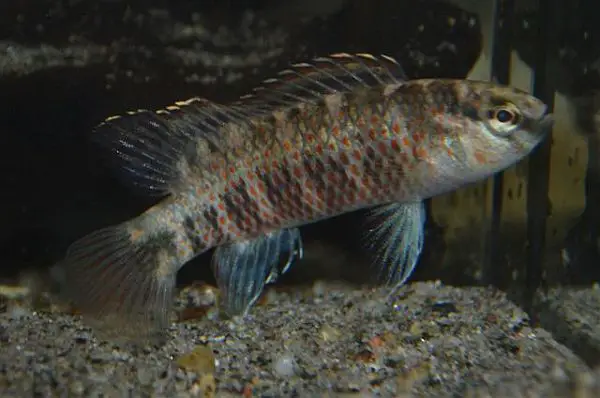
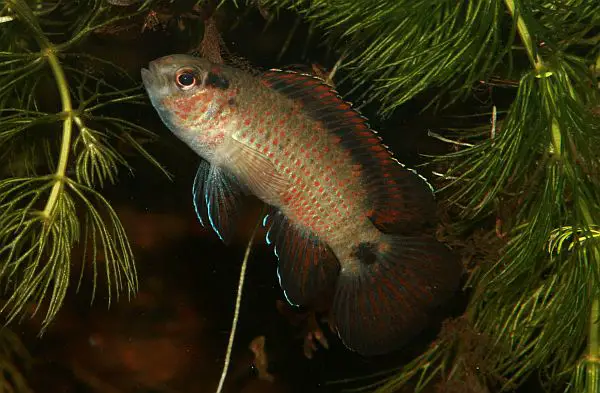
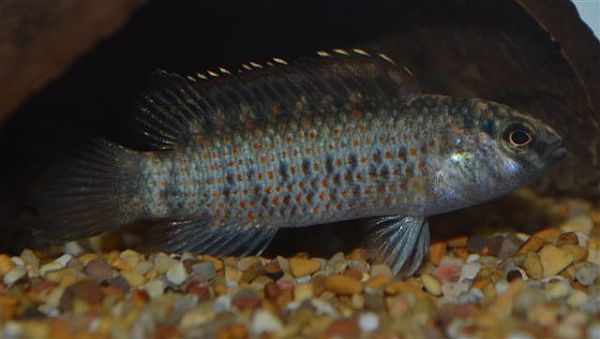
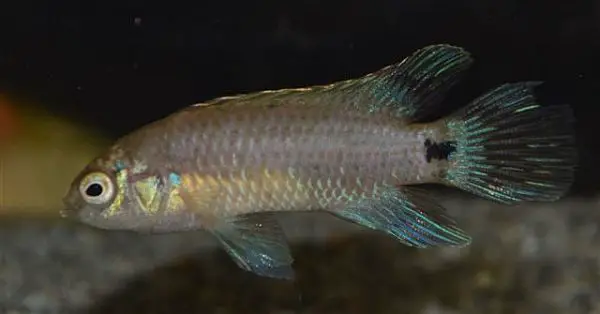
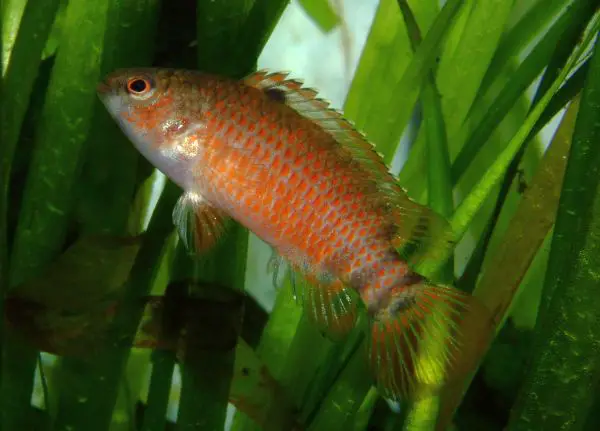


Product reviewers wanted
Hello! Very much interested in writing for you, please include me in the info. Thank you for the opportunity!
6th Sep 2020
Product reviewers wanted
I would be interested in reviewing products. Before retiring I was a technical writer and managed a Quality Management Program.
30th Aug 2020
Product reviewers wanted
I'm interested and can write reviews from the perspective of someone new to the hobby. I'm only 3-4 months in, but hopefully I can help someone that's...
23rd Aug 2020
Product reviewers wanted
I’m interested in doing this if there is still availability, it sounds like fun! Thanks
19th Aug 2020
Barbodes semifasciolatus – Golden Barb* (Barbus sachsii, Puntius schuberti)
I simply had a question (please forgive if this is not allowed, I read the FAQ but I was not sure). I was wondering if there is any evidence of offsp...
12th Aug 2020